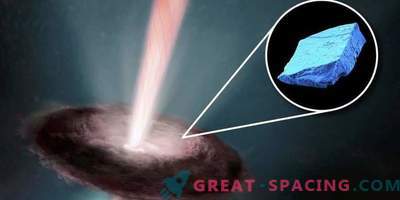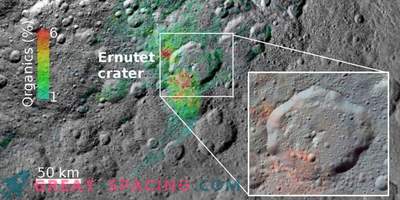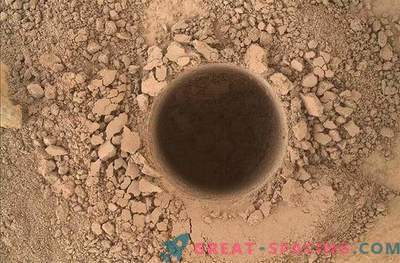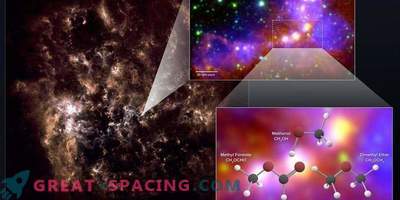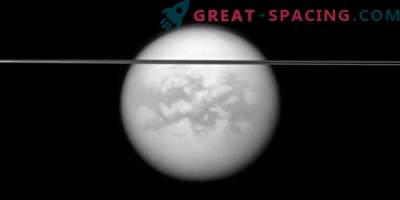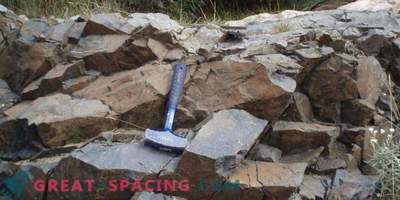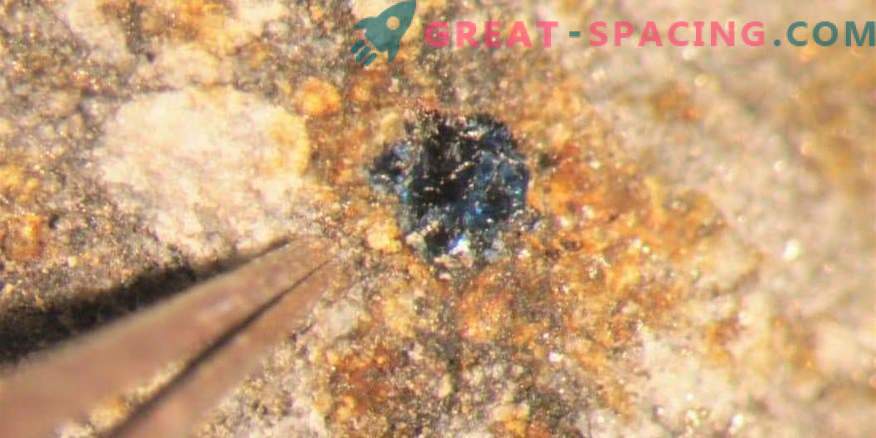
Blue rock salt and tip of tweezers for size matching
In 1998, two cosmic stones fell from the territory of the asteroid belt onto our planet. What unites them is that both are endowed with the ingredients of life. These are the first meteorites in which they managed to find liquid water and a mixture of complex organic compounds, such as hydrocarbons and amino acids.
A detailed analysis of the chemical composition of tiny crystals of blue and violet salts also showed their past and probable parents. We are talking about Ceres - the brown dwarf planet (the largest object in the asteroid belt) and Hebe - the main source of meteorites arriving on Earth.
A new study provides the first comprehensive chemical analysis of organic matter and liquid water in salt crystals found in fallen meteorites. The analysis lays the foundation for the narration of the early history of our system and asteroid geology, opening up amazing possibilities for the existence of life in other worlds.
The rich deposits of organic residues in meteorites provide no evidence of life outside the Earth. But they are similar to finding prehistoric insects in hardened resin droplets. Scientists literally look at organic components that can lead to the emergence of life, including amino acids (necessary for the formation of proteins).

A blue crystal from a meteorite that fell near Morocco in 1998. Measurement scale - micron
If life existed in the early system, then these meteorites increase the possibility of trapping biomolecules in salt crystals. The crystals are endowed with microscopic traces of water that belong to the childhood of the solar system (4.5 billion years ago).
The similarity of crystals in different meteorites suggests that their asteroid hosts may have intersected and mixed materials. There are also signs of impact - a small asteroid could crash into a large one.

Artistic vision of asteroids and cosmic dust
Hints based on organic chemistry and space observations appear. They indicate that the crystals could have been initially ejected by volcanic activity on the ice or water of Ceres. So, there is every chance that life could originate in other worlds.
In meteorites, there is a huge amount of organic compounds, among which is a primitive variety of organic substances, reflecting the early composition of the system. Two objects that provided 2-millimeter salts are now stored at the Johnson Space Center (TX). In order to conduct a comprehensive analysis of tiny crystals, many modern technologies were involved.
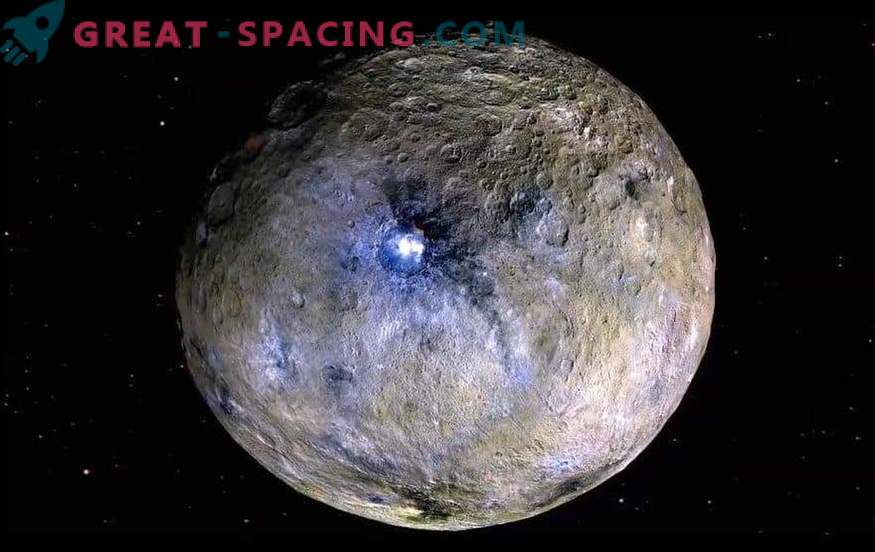
The dwarf planet Ceres is displayed in a false color. It can serve as a source of organic matter found in two meteorites hit the Earth in 1998.
After analyzing with the ALS telescope and using the XANES method (X-ray absorption near-edge spectroscopy), it was possible to understand that organic matter resembled that found in primitive meteorites, but contained more oxygen-containing chemistry. This confirms the idea that organic matter occurs on a water-enriched body - the ocean in the early system.
There are several well-preserved crystals that have not been studied. Therefore, scientists are planning to do new research to find water or organic molecules in them.


